Diabetic Neuropathy: Things you Should Know | FFD
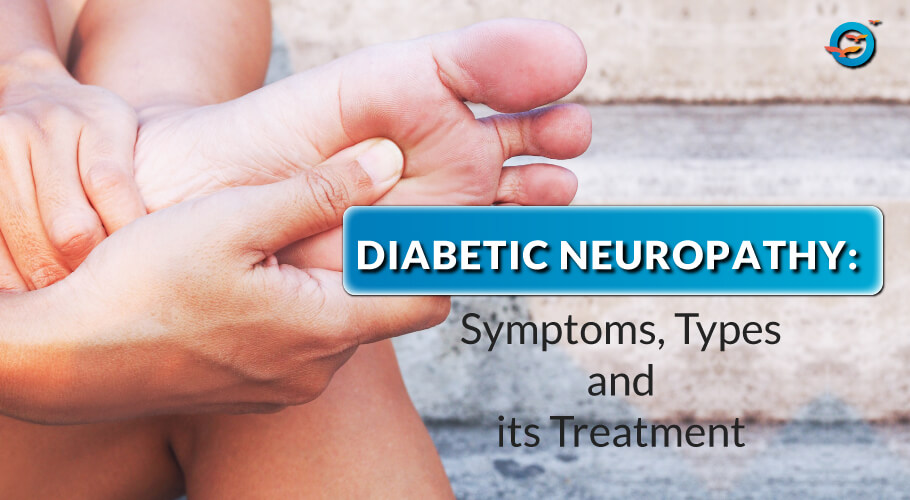
Diabetic Neuropathy: Everything You Need to Know
What Is Diabetic Neuropathy?
Sustained, untreated high blood sugar levels can damage almost every organ in the body, and the nerves are among the most sensitive. Damage to the nerves, or diabetic neuropathy, starts with the nerves of your lower extremities.
Symptoms include pins and needles, burning sensation, pain and numbness in the legs and feet, as well as problems with the digestive system, urinary tract, heart, and overall blood circulation.
Neuropathy is a serious problem, affecting more than half of all diabetics. While some diabetics may only experience mild symptoms, for others, it can be downright debilitating. The good news is that will a proper diet-exercise-stress release regimen you can slow, arrest and even reverse the problems—including your diabetes itself.
What are the types of diabetic neuropathy?
There are different types of diabetic neuropathy, and each one brings a different set of symptoms and challenges. To further complicate matters, diabetics can suffer from two or more types of diabetic neuropathy.
While diabetic neuropathy symptoms depend on the type of neuropathy, often these symptoms develop so gradually, that diabetics do not notice them until considerable nerve damage has occurred. So, if you’re suffering from diabetes, it is important to be vigilant and not dismiss them as ‘something that will go away on its own. Seek medical counsel immediately.
1. what is peripheral neuropathy?
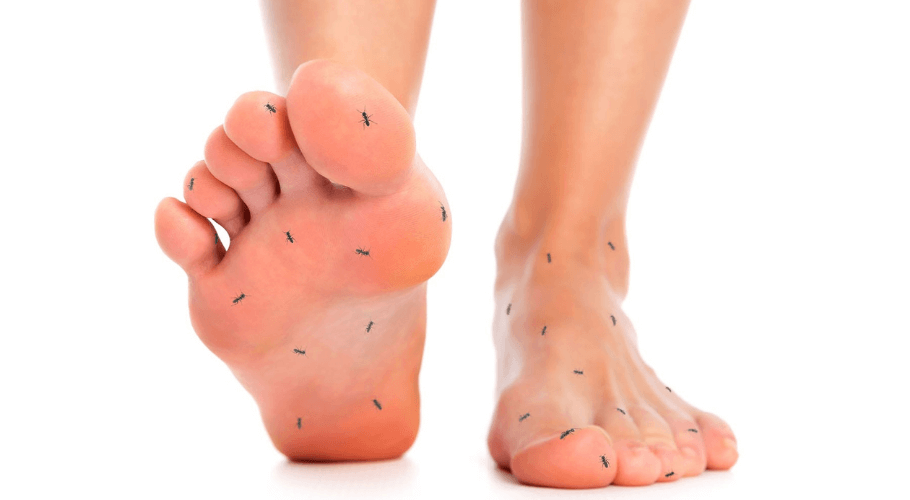
Peripheral Neuropathy is also known as distal symmetric peripheral neuropathy, is the most commonly seen diabetic neuropathy.
It starts by affecting feet and legs, progressing to hands and arms. Sufferers report symptoms being worse at night.
Symptoms of peripheral neuropathy?
- Pins-and-needles and/or burning sensation
- Insensitivity to pain or temperature changes
- Shooting pain and/or cramping
- High sensitivity to touch—even the weight of the bed covering can be too much to bear for some
- Ulcers on foot, infections, slow healing wounds, bone and pain in the joints
2. Diabetic Autonomic Neuropathy
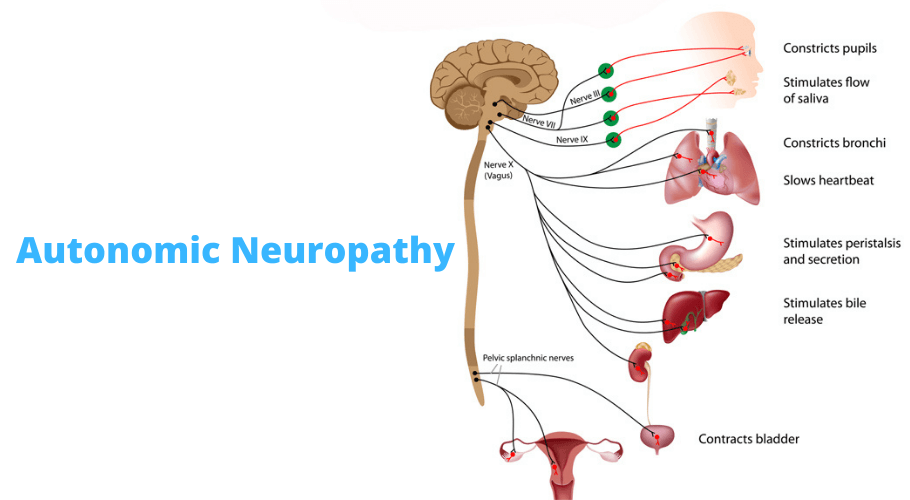
The body has an involuntary or diabetic autonomic nervous system that is responsible for controlling organs like the heart, bladder, stomach, intestines, reproductive organs, and eyes.
High blood sugar can negatively affect the nerves in these organs, causing symptoms like:
Diabetic Autonomic Neuropathy Symptoms
- Hypoglycemic unawareness—not knowing when blood sugar levels are low
- Problems with the lower digestive tract, viz. bladder, and bowel
- Gastroparesis—when the stomach functioning slows down. This can show up as nausea, puking, and no/low appetite.
- Difficulty in vision adjusting to changes in brightness—light, and dark
- Decreased libido
3. Proximal neuropathy (diabetic polyradiculopathy)
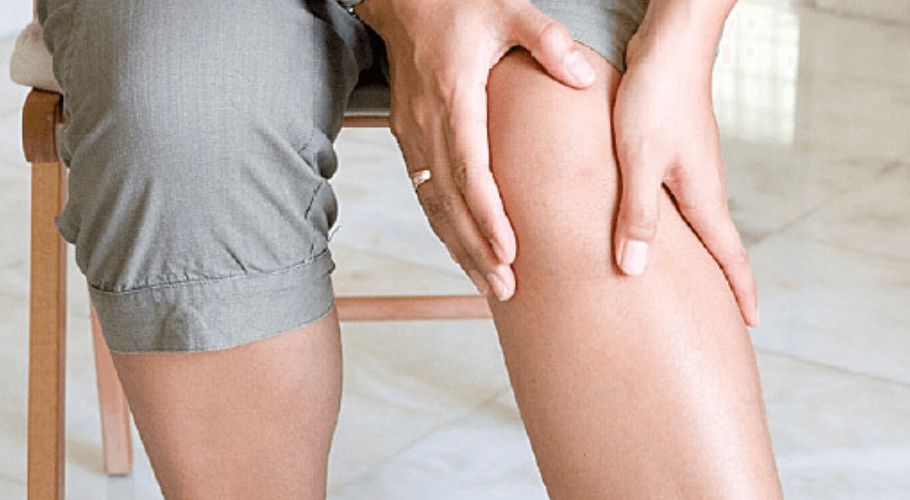
Proximal Neuropathy also called diabetic amyotrophy, generally affects nerves in the leg—thighs, hips, buttocks, legs. But it can also affect organs in the abdomen and chest cavity.
Symptoms often show up on one side of the body but can extend to the other side.
Proximal Neuropathy Symptoms are
- Intense pain in the hip/thigh/buttock, or all the areas
- Weakening muscles in the thigh, glutes, and hips and shrinking muscle mass
- Finding it hard to rise from the seated position
- Extreme stomach ache
4. Diabetic Mononeuropathy (focal neuropathy)
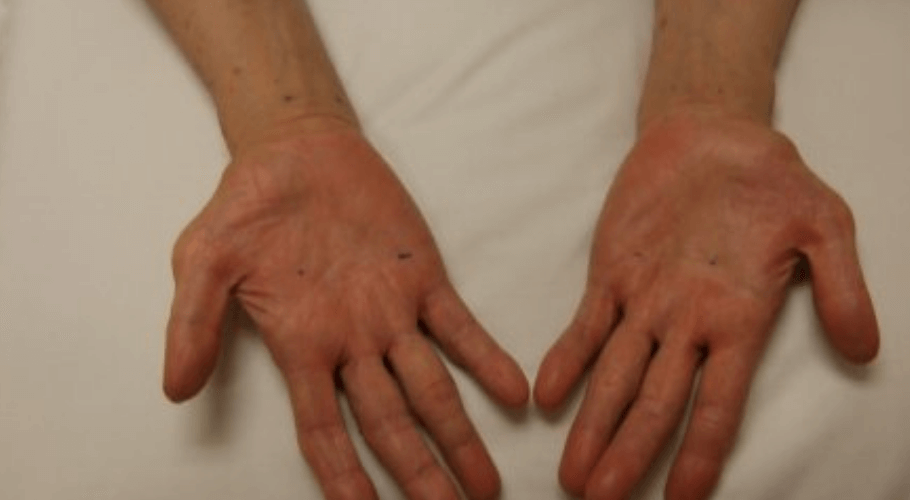
Diabetic Mononeuropathy Mono means ‘one’ and that’s what this type of neuropathy indicates—damage to a specific nerve.
Diabetic Mononeuropathy often affects the eye, which is why it is also known as ‘focal neuropathy’.
Symptoms of Diabetic Mononeuropathy are
- Double vision & trouble focusing
- Pain behind one or both eyes
- Facial paralysis, aka ‘Bells palsy’, mostly on one side of your face
- Tingling sensation or numbness in fingers—except the small finger—and numbness
- Inexplicable weakening of handgrip—dropping things with intending to
After going through the article we believe you would be knowing What are the four types of diabetic neuropathy?
What is the most effective Diabetic Neuropathy Treatment?
If you have been diagnosed with diabetes be vigilant to the possible symptoms described above. Get yourself checked annually and immediately seem medical attention if you notice any of the following:
- Unhealing/slow-healing wound or sore in the foot
- Pain, weakness, burning, or tingling in hands and feet
- And problems related to digestion, bowel movement, or libido
- Feeling woozy or fainting
As mentioned earlier, the best Diabetic Neuropathy Treatment is to get your BSL back in the normal range as soon as possible. For adults with diabetes, this translates to between 80 & 130 mg/dl before meals; and less than 180 mg/dl two hours after eating a meal.
can diabetic neuropathy be reversed?
Proper and consistent BSL management will bring down the intensity of diabetic neuropathy symptoms and even reverse them altogether. If you’ve already been diagnosed as diabetic, make sure you get a thorough health check at least once a year.
You should also ensure your BP is in the normal range, as this will keep your neuropathy from worsening. Other factors include maintaining a healthy weight and getting sufficient exercise and sleep.
If you want to cure diabetic neuropathy or Reverse your diabetic Neuropathy. Join our Upcoming Discover Reversal Session With Dr. Pramod Tripathi and learn the secret of Reversing diabetes.
Read FAQs on this topic:
-
What is diabetic neuropathy?
Diabetic neuropathy is a type of nerve damage caused by high blood sugar levels in people with diabetes, leading to pain, tingling, and loss of sensation. -
What are the symptoms of diabetic neuropathy?
Symptoms include numbness, tingling, burning sensations, pain in the feet and hands, muscle weakness, and difficulty with balance and coordination. -
How can diabetic neuropathy be treated?
Treatment focuses on managing blood sugar levels, pain relief through medications, physical therapy, and lifestyle changes like improved diet and exercise. -
Can diabetic neuropathy be prevented?
Preventing diabetic neuropathy involves good blood sugar control, regular monitoring, proper foot care, and avoiding smoking and excessive alcohol consumption.
Disclaimer:
This Blog solely serves our marketing purposes, for Authentic knowledge for this topic, Please Discover Reversal Session.

